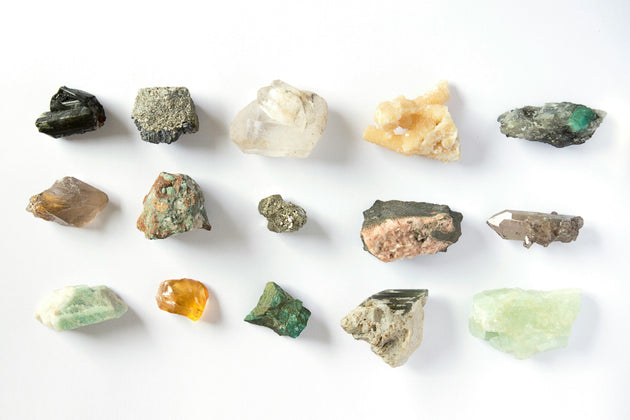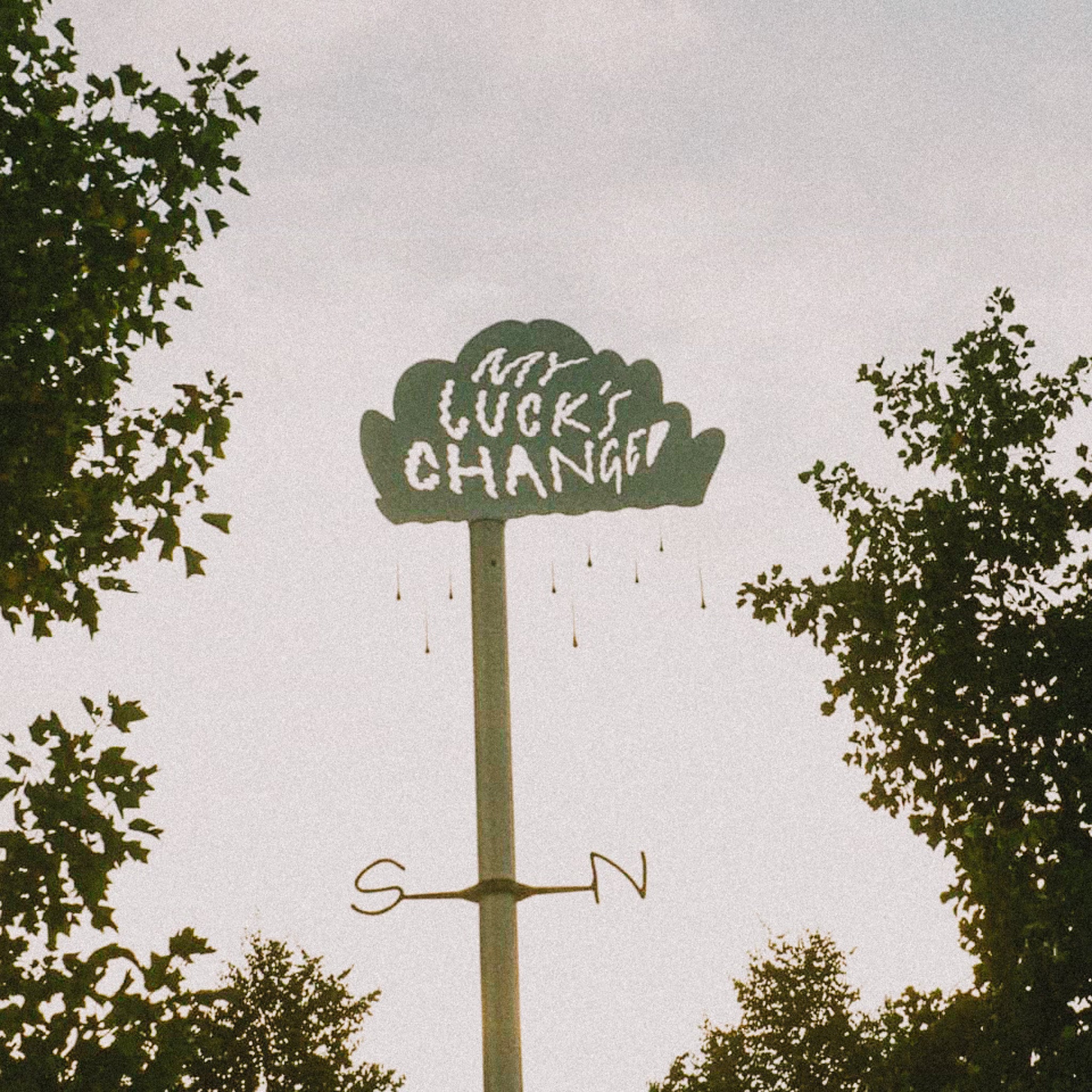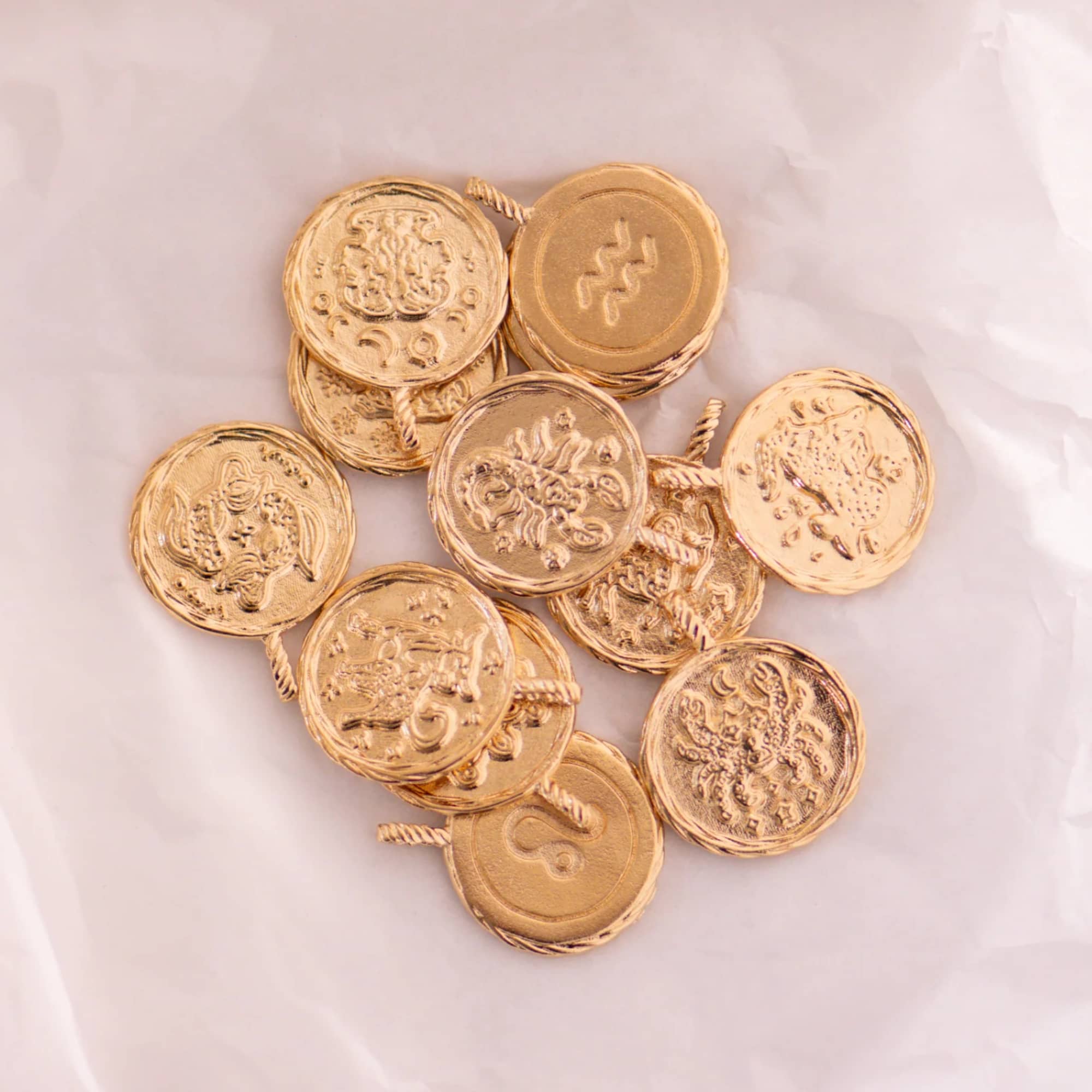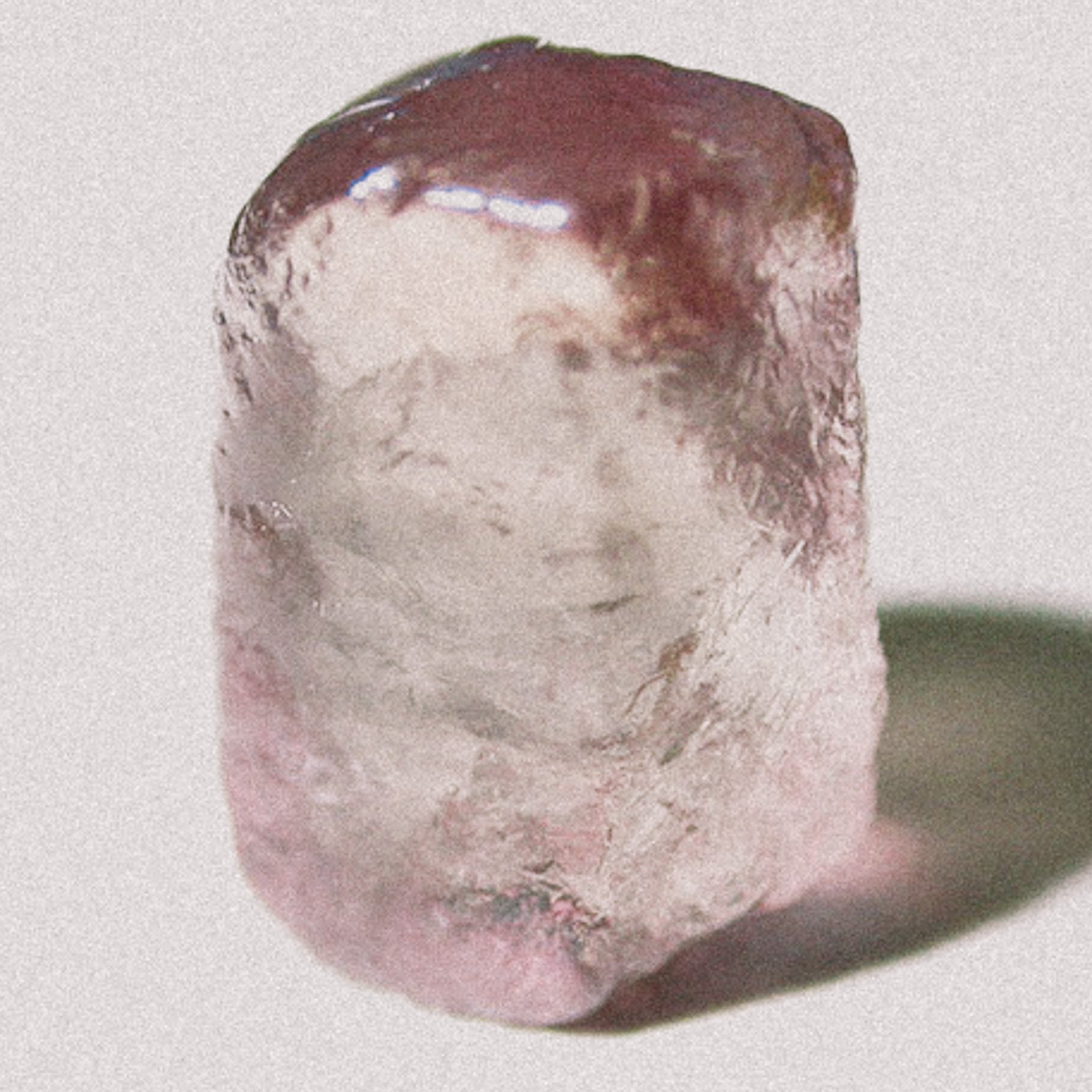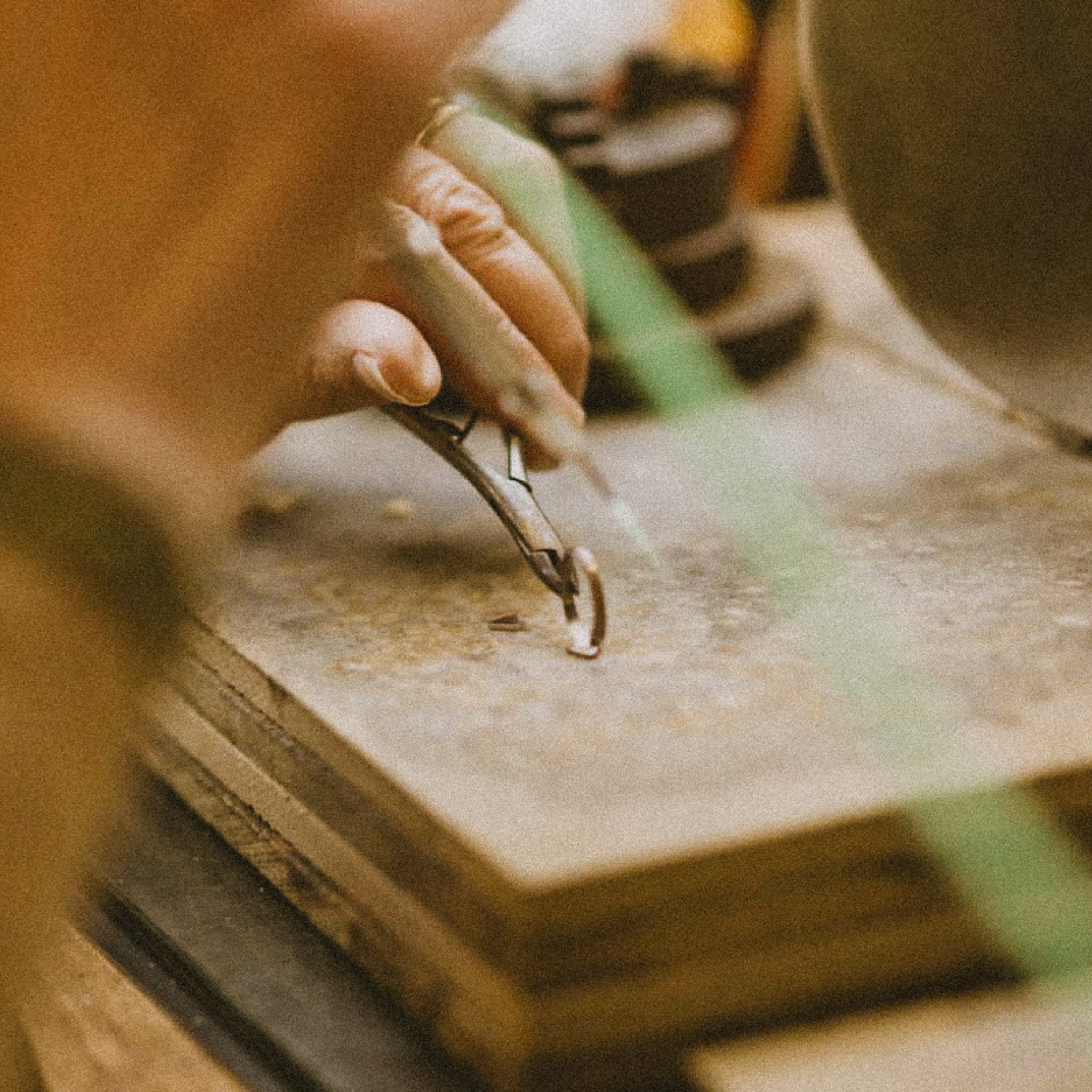Stemming from simple beliefs or ancient legends, symbols of good fortune abound. Every culture, every country, has its own lucky charm, the origins of which are sometimes a little hazy. Some are very popular, others less so. On the occasion of Friday the 13th and the release of our Chance collection, always composed of ethical and responsible jewelry, we take you on a little tour of the different representations of good omens.
The horseshoe, a symbol of luck and wealth along the wayside
The origins of this superstition are diverse.
Finding a horseshoe by chance along the road is said to bring good luck and fortune.
According to Roman legend, the emperor Nero wanted his horses to be fitted with gold shoes to show off his great wealth. However, these would sometimes fall off their hooves and be lost along the roads. The farmer who found them would be very lucky. A real boon to his fortune!
Another myth, common to a number of cultures, extols the mystical powers of the material itself. Metal is said to have such a powerful energy that some people want to take advantage of it, while others are afraid of it, like the witches who preferred to ride broomsticks rather than horses.
The Greek Matiasma eye, a symbol of good luck and protection
Straight from ancient Greece, the little blue amulet in the shape of an eye is known by the Greek name Matiasma. But you may also hear it referred to by its Turkish name, Nazar Boncuk.
It is believed to protect against negative energies. When someone is jealous, it is said to bring the evil eye to the person they envy. To counter the curse, the blue-eyed symbol acts as a preventive protection.
Those wishing to ward off the evil eye usually hang it above their front door, in their car, at work, on their keyring or wear it as a pendant around their neck. If you're ever in Athens, chances are you'll see one everywhere. You'll easily recognize it by its 4 concentric circles: navy blue, white, sky blue and black.
Legend has it that if the eye breaks, it has repelled evil. It is then necessary to replace it to avoid being vulnerable to a new threat.
The four-leaf clover, a must among lucky symbols
How about a trip to Ireland?
The third element of good luck is the famous four-leaf clover. No doubt you've heard of it as the ultimate symbol of good luck!
The story goes that Saint Patrick, wishing to evangelize the pagans, used a three-leaf clover to explain the Holy Trinity (one leaf for the Father, one for the Son and the last for the Holy Spirit). From then on, the little plant became one of Ireland's emblems. For believers, the trio of leaves represented faith, hope and love. When a fourth appeared, it was a symbol of good luck.
The Celts saw in them mystical powers protecting them from the forces of evil.
Depending on beliefs, other stories are told about this lucky charm.
Eve is said to have taken a four-leaf clover with her before being banished from the Garden of Eden. A piece of paradise is said to lie dormant in each of them.
Another medieval legend has it that it can be used to see fairies and identify evil spirits and witches disguised as mere mortals.
Did you know that the chances of finding a four-leaf clover are 1 in 10,000? Its rarity makes it a good luck charm. But to be considered a lucky charm, you need to choose the right variety. It has to be a white clover. Commonly composed of three leaves, after a fortuitous mutation it has been endowed with one (or more) extra leaflets. To avoid any confusion with another herb, you can recognize the real lucky plant by its fourth leaf, which is smaller than the other three.
If you find one on a walk, keep it carefully between two pages of your favorite book. Who knows? The legends may be true.
The beetle: a little beast for some, a lucky charm for others
While for some, the beetle is a simple little beast, in other cultures it is a sacred insect.
By recycling matter, the beetle can create new life. They roll animal excrement into the earth to lay their eggs. Once the eggs have hatched, the larvae find food in the soil. From a decomposing substance comes life! It seems that beetles know all about upcycling.
Not surprisingly, in Egyptian culture, the little insect is a symbol of rebirth...
Revered by the Pharaohs, the beetle was associated with Khepri, the Egyptian god of the rising sun, and represented eternal life for them. They engraved it on talismans and placed them over the hearts of mummies, hoping to revive the dead.
Straight out of Egyptian culture, this lucky charm crosses borders and is now part of our Chance collection, along with the Matiasma clover and eye.
Here's a look at other luck symbols from around the world.
Because we know you're curious, and because there are still so many lucky objects in the world, here's a selection of 8 other lucky symbols.
The ladybug
God's little beast, as it's commonly known, is said to bring a divine message and is the sign of a good day to come.
Who's ever sung the nursery rhyme:
"Ladybird, damsel, God's little beast...Ladybird, damsel, fly to the skies"?
The lucky penny
In the UK, finding a penny on the ground is said to bring good luck, as long as it's facing the sky. Whoever picks it up is free to keep it in their wallet or throw it into a wish fountain to see their wish granted.
Rabbit's foot
According to hoodoo magic, the rabbit's foot is said to ward off evil spells. Fortunately, far from the legends, it's now possible to buy a fake rabbit's foot to use as a gri-gri.
Fatma's hand
Well-known in North Africa and the Middle East, the hand of Fatma (also known as khomsa or khamsa) is said to represent the hand of God. Its magical powers are said to bring protection and happiness.
The rainbow
Who hasn't heard the myth that digging in the earth at the foot of a rainbow will reveal a treasure? Having never found its base, it's impossible to say whether the legend is true... But one thing's for sure: contemplating its colors is guaranteed to put a smile on your face.
The acorn
Acorns are associated with many powers: fertility, health, wisdom, prosperity... The fruit of the oak tree is a legendary lucky charm in Great Britain and Scandinavia.
The elephant
In Asian countries, if you see an elephant outside your door, it's a sign of good fortune to come. It is therefore very common to see a statuette of the pachyderm at the entrance to stores, particularly in India and Thailand.
The Maneki Neko
Do you know the cat that seems to greet you? In Japan, the Maneki Neko is considered a real lucky charm. Depending on the paw raised and the color of the cat, the areas affected by good luck would be different.
Good luck charms or bad luck charms: some are not unanimous
Certain objects or concepts are associated with strong positive beliefs for some, and negative ones for others.
Friday the 13th, for example, is the subject of much debate. Does it bring good luck or bad luck?
The origins of this superstition are unproven, but one hypothesis stems from religion. Friday is thought to be the day on which Jesus died. As for the 13th, it would be associated with Judas, the betrayer and thirteenth participant in the Last Supper.
Similarities can be found in other religions, such as Norse mythology, which features Odin and his warriors.
And yet, many people seem to want to turn this belief on its head and make this day a date for good luck.
Continuing on the theme of numbers, did you know that in China, the number 4 is greatly feared? As its pronunciation is close to the word death, it is banned from their daily lives. Some do everything in their power to avoid it. The number 8, on the other hand, is said to bring good luck. A little anecdote in passing... A telephone number once sold at auction for over 2.25 million yuan, or almost €300,000. Do you know what that number was? It ended with five 8s.
Is there such a thing as luck or not?
You either believe in it or you don't. It doesn't really matter. That's not really the point. The important thing is to imagine it possible.
We all have something that makes us feel good. An object we treasure, because you never know, maybe it really does bring us luck. A number that we like to see displayed on the phone clock. A feather spotted by chance that seems to be sending us a good sign...
Perhaps lucky symbols are just an extension of our imagination, allowing us to materialize our ability to create our own happiness. Perhaps these objects are there to reassure us and remind us that, yes, luck isn't that far away.
Whether you're a fan of lucky charms, or simply want to treat yourself to a beautiful piece of eco-responsible jewelry made in France, we invite you to discover our Chance capsule. We hope you'll find your lucky charm among our creations, and that this piece of jewelry will remind you, every time you wear it, just how exceptional and lucky you are.


